We’re looking forward to introducing you to Morvarid Reyes Talebzadeh. Check out our conversation below.
Morvarid, it’s always a pleasure to learn from you and your journey. Let’s start with a bit of a warmup: What is something outside of work that is bringing you joy lately?
Lately, my greatest joy has come from completely disconnecting and immersing myself in the raw, untamed beauty of nature. As a cinematographer, my life is often a whirlwind of schedules, technology, and collaborative energy, so I actively seek out silence and vast, open landscapes to counterbalance that.
Right now, I’m fortunate to be on a seven-month project shooting between Alaska and Canada, which means my days off are spent exploring some of the most breathtaking places on earth. There’s nothing quite like kayaking through the serene, ice-choked waters of Endicott Arm, with the Dawson Glacier towering in the distance—it’s both humbling and awe-inspiring. Whether I’m watching a whale breach in that pristine environment, hiking a remote trail to a hidden lake, or flying in a seaplane to witness the vast, magnificent creation of nature from above… these moments completely reset my creative compass.
Even simpler experiences, like a long train ride, bring me unique joy. It becomes a form of moving meditation—the rhythm of the tracks, the ever-changing landscape outside the window. It gives me uninterrupted time to think, reflect, and subconsciously absorb the world’s natural cinematography: the light through the trees, the texture of a mountain range, the mood of a misty sky.
These adventures are how I recharge. They remind me why I fell in love with capturing light and emotion in the first place, and that sense of wonder inevitably finds its way back into my work, enriching the palettes and emotions I aim to evoke on screen.
Can you briefly introduce yourself and share what makes you or your brand unique?
I am a cinematographer obsessed with the edge of the frame—the raw, poetic tension that lives in the interplay between light and shadow. My camera has been my passport to stories across the globe, from the ancient temples of Thailand and the rugged coastlines of Northern Ireland to the soundstages of Los Angeles and the clandestine corners of the Middle East.
Since 2004, I have lensed narrative features, documentaries, and television series worldwide, relentlessly chasing a visual language that feels visceral, unexpected, and emotionally authentic. My first feature, [Bangkok’s Fear], which I directed and shot on Thailand, was recognized for its cinematography at the Creative International Film Festival.
I thrive on creative challenges, like the feature [Guillotine] in Los Angeles Directed by Ray Izad-Mehr, where we recreated five distinct time periods—from 1700s France to wartime Iraq—utilizing three different aspect ratios and both spherical and anamorphic lenses. This same passion for bold, expressive storytelling drives every project I touch.
My work often places me at the heart of high-stakes environments. I’ve filmed inside bunkers for the Clooney Foundation for Justice, documenting cultural looting while trapped underground. For the BBC’s [Killing Escobar], I stood face-to-face with former sicarios that now live in USA and the legendary DEA agents who brought down Pablo Escobar. I’ve spent months across Europe immersed in criminal underworlds for Netflix’s [Drug Lords] and investigative specials for National Geographic, immersed in criminal underworlds that most people only read about.
I believe pre-production is where 60% of the magic happens. I design the cinematography from the ground up—crafting the light, tone, and emotional rhythm long before the camera rolls. I build detailed look books, design lighting strategies, and create shot lists that bring a director’s vision into sharp focus. Every frame is born from intention.
My experience spans the cinematic spectrum. I’ve collaborated with visionaries like Ang Lee and Peter Berg on films such as [Gemini Man] and [Mile 22] and worked with artists like Apichatpong Weerasethakul on [Cemetery of Splendour]. My TV credits include series like [Narcos], [Jack Ryan], and [Echo 3] for platforms including Netflix, Amazon Prime, and Apple TV+. In 2024, I was honored to win Best Cinematography at the NEW FILMMAKERS LOS ANGELES Film Festival.
I recently wrapped photography on [Golden Boy], a thoughtful feature directed by Josh Wallace. It’s a superhero story without the expensive VFX—a poignant film about trauma, grief, and the heroism within us all.
Currently, I’m developing a project inspired by the vast, silent landscapes of Alaska and Canada, exploring new visual languages for isolation and awe. Simultaneously, I am co-directing (alongside Austrian director Max Brumberg) the feature film [ConArtists], set to shoot in Vienna in 2026. It’s the story of a young man leaving prison, chasing a filmmaking dream, and turning art into a second chance.
My perspective is shaped by a tapestry of influences—my Iranian and Spanish heritage draws me to stories of cultural nuance and profound human connection. I believe the most powerful stories are felt viscerally, and my goal is to use the camera to evoke that deep, emotional response. With over two decades behind the camera and a passport stamped from every continent but Australia, I bring not just technical skill, but lived experience, risk, and heart.
I am always seeking the next story worth chasing—something intimate, something wild, something real. I am actively looking for new collaborations on bold feature films and documentary hybrids.
Great, so let’s dive into your journey a bit more. What part of you has served its purpose and must now be released?
The need for absolute control—the meticulous architect who believes every shadow must be perfectly placed.
This part was my greatest ally for years. It was the drive that pushed me to pre-light every scene with precision, to storyboard every shot, to leave nothing to chance. It was a suit of armor that protected me from the vulnerability of the unexpected. It gave me confidence and ensured that the work was always technically excellent.
But I’ve learned that while control can craft a beautiful image, it can sometimes stifle a magical one. The most breathtaking moments in cinema, and in life, often come from collaboration with chance—the rogue sunbeam that hits an actor’s eye just as they deliver a line, the unplanned mist that rolls into a landscape, the raw and imperfect emotion that flashes across a face when they forget the camera is there.
Holding on too tightly to control is like trying to hold onto water; it prevents you from ever truly flowing. So, I am learning to release the architect and trust the poet. I’m learning to build a beautiful, intentional framework and then have the courage to step inside it, breathe, and allow the magic of the moment to inhabit it. It’s about moving from a mindset of rigid creation to one of receptive discovery—to not just impose my will on the light, but to listen to what the light wants to do and dance with it.
That release isn’t about abandoning preparation; it’s about preparing so thoroughly that I can finally be free within it. It’s about trading perfection for aliveness, and in doing so, finding a deeper, more emotional truth.
What did suffering teach you that success never could?
Suffering taught me how to see in the dark.
Success offers the brilliance of a well-lit set: everything is clear, visible, and celebrated. It teaches you what works. But suffering is the profound, enveloping darkness where you learn that light isn’t just something you project—it’s something you must find. It taught me patience, to sit in the silence until my eyes adjusted and I could discern the subtle gradients of shadow, the faint outlines of a path I never would have seen in the glare of success.
It taught me empathy in its rawest form. You can’t truly photograph grief, longing, or isolation unless you have a visceral memory of your own. Success connects you to a network; suffering connects you to humanity. It dissolves the illusion of separation and reminds you of the fundamental struggles that bind every single person. When I sat across from former sicarios, it wasn’t just about getting a shot; it was about recognizing a shared fragility. That intimacy is what makes a image resonate with truth, not just beauty.
Most of all, suffering taught me that the most powerful light—both on screen and in life—is often the single, small source fighting against immense darkness. It’s not the sprawling, sunny success that defines our character, but the determined, fragile flame we manage to keep alive when everything else goes dark. Success shows you your strength; suffering shows you your resilience. And that is a light no box office hit or festival award can ever replicate.
I think our readers would appreciate hearing more about your values and what you think matters in life and career, etc. So our next question is along those lines. What truths are so foundational in your life that you rarely articulate them?
There is a truth so deeply woven into the fabric of my being that I rarely feel the need to articulate it—it simply [is]. It stems from my Bahá’í faith: the conviction that “all of humanity is one single race, and that we are all leaves of one tree and drops of one ocean.”
Light is the first language. This isn’t just a principle I believe in; it’s the foundational lens through which I see the world—and through the camera. As a cinematographer, my entire craft is built on the manipulation of light. And in my faith, light is the ultimate metaphor for the divine—a unifying, revelatory force that illuminates truth and banishes the darkness of prejudice. It informs how I frame a face, how I light a scene, how I seek connection in every story. It reminds me that behind every gaze, in every culture, under every kind of light, there’s a shared humanity waiting to be recognized.
So, the silent truth I carry onto every set is this: my camera is not just a tool for capturing images; it is an instrument for seeking and reflecting that unifying light. When I frame a shot, I am unconsciously asking: “How does this light reveal our shared humanity? How does this shadow connect us? How can this image, whether it’s of a person or a landscape, serve as a reminder of our fundamental oneness?”
It’s the universal, non-verbal dialect that every human and every living thing instinctively understands. We feel it before we intellectualize it. The warm, golden light of a late afternoon speaks of nostalgia and peace. The cool, flat light of an overcast day can evoke solitude or clarity. The stark contrast of a single light in a vast darkness speaks to hope, or loneliness, or focus.
This truth is the bedrock of my craft as a cinematographer. I don’t just set lights to make a scene visible; I use them to tell the emotional subtext of the story. I believe that the quality of light in a space is directly tied to the quality of the emotion we can feel there.
But this truth extends beyond the set. It’s why I’m drawn to the wilderness at dawn, or the way light filters through a forest, or the long shadows cast on a train ride. These moments are conversations in that primal language. They remind me that beneath all our complexities, cultures, and differences, we are all connected by our innate, biological response to the sun, to fire, to darkness, and to the light that pushes it back. My work is simply my attempt to listen closely, and to translate.
This belief is why I am drawn to stories that bridge cultures and explore our deepest emotional connections. It’s why I find such resonance in the vast, unifying landscapes of nature—a glacier, an ocean, a forest—they are powerful visual metaphors for a planet without borders. My faith teaches that science and religion, reason and spirit, are in harmony. In my work, that translates to a pursuit where technical precision serves a spiritual purpose: to create beauty that, in some small way, helps to heal the world’s fractures by reminding us of our shared light.
It’s a truth I rarely articulate so plainly, but this truth lives in every frame I compose, is the silent source from which all my work flows and the quiet foundation that guides me to look not just for what separates us, but for what illuminates us all.
Thank you so much for all of your openness so far. Maybe we can close with a future oriented question. Are you doing what you were born to do—or what you were told to do?
That’s a fantastic question. And the honest answer is that my path is a rebellion against what I was told to do, in favor of what I was born to do—but that rebellion was funded entirely by the skill I was born with.
In a very practical sense, I study to become a financial engineer. That was the subject of my formal studies. It was the safe, logical, and prestigious path. But to pay for that university education, I picked up a camera and started working as a photographer. It was just a job, a means to an end.
But a profound shift happened. The “job” of framing the world through a lens didn’t feel like work; it felt like breathing. I discovered that my innate way of seeing—my obsession with light, shadow, and human emotion—wasn’t just a handy skill to pay the bills. It was my actual compass. The logic of finance was what I studied, but the poetry of light was what I understood in my bones.
So, I made a choice. I used the discipline and structure I learned from engineering and applied it to visual storytelling. The financial path was the map I was given, but cinematography was the magnetic north I was born with. My faith teaches that every soul has a purpose, and my journey has been about aligning my actions with that innate purpose, even if it meant diverging from the expected script.
For me, this conviction is rooted in two parts of my life.
First, in my art. Cinematography is a craft often celebrated for its most dazzling results, but it’s true essence is found in the quiet, unseen labor: the hour spent waiting for the perfect light, the meticulous adjustment of a filter that no one will ever notice, the unwavering focus on set when everyone is tired. You do these things because you have a covenant with the story itself. The image demands a certain quality, a certain truth, and your commitment is to serve that truth, whether it receives praise or not. The light itself is its own reward.
Second, and more fundamentally, this comes from my faith. The Bahá’í teachings emphasize that work performed in the spirit of service is a form of worship. It is an offering. When you frame a shot, or show kindness, or create anything of beauty, you are contributing to the advancement of civilization itself. You are aligning your will with a divine purpose that is far greater than any single person’s acknowledgment.
So, the striving itself is the point. The meticulous care is the prayer. The light you capture, whether on a grand film set or in a moment of human connection, is a reflection of a greater Light. And that—the silent satisfaction of having answered a call to create, to serve, and to see the world with reverence—is a praise that resonates more deeply than any external applause ever could.
In the end, I wasn’t told to be a cinematographer. I was born to see the world this way. The finance degree is just a testament to my ability to learn a complex system—a skill I now use to deconstruct the equally complex system of visual narrative. My path proves that what you are born to do will always find a way to fund its own existence.
Contact Info:
- Website: https://www.morfilms.net
- Instagram: https://www.instagram.com/morfilms/
- Linkedin: https://www.linkedin.com/in/morfilms/
- Other: https://www.imdb.com/morvarid
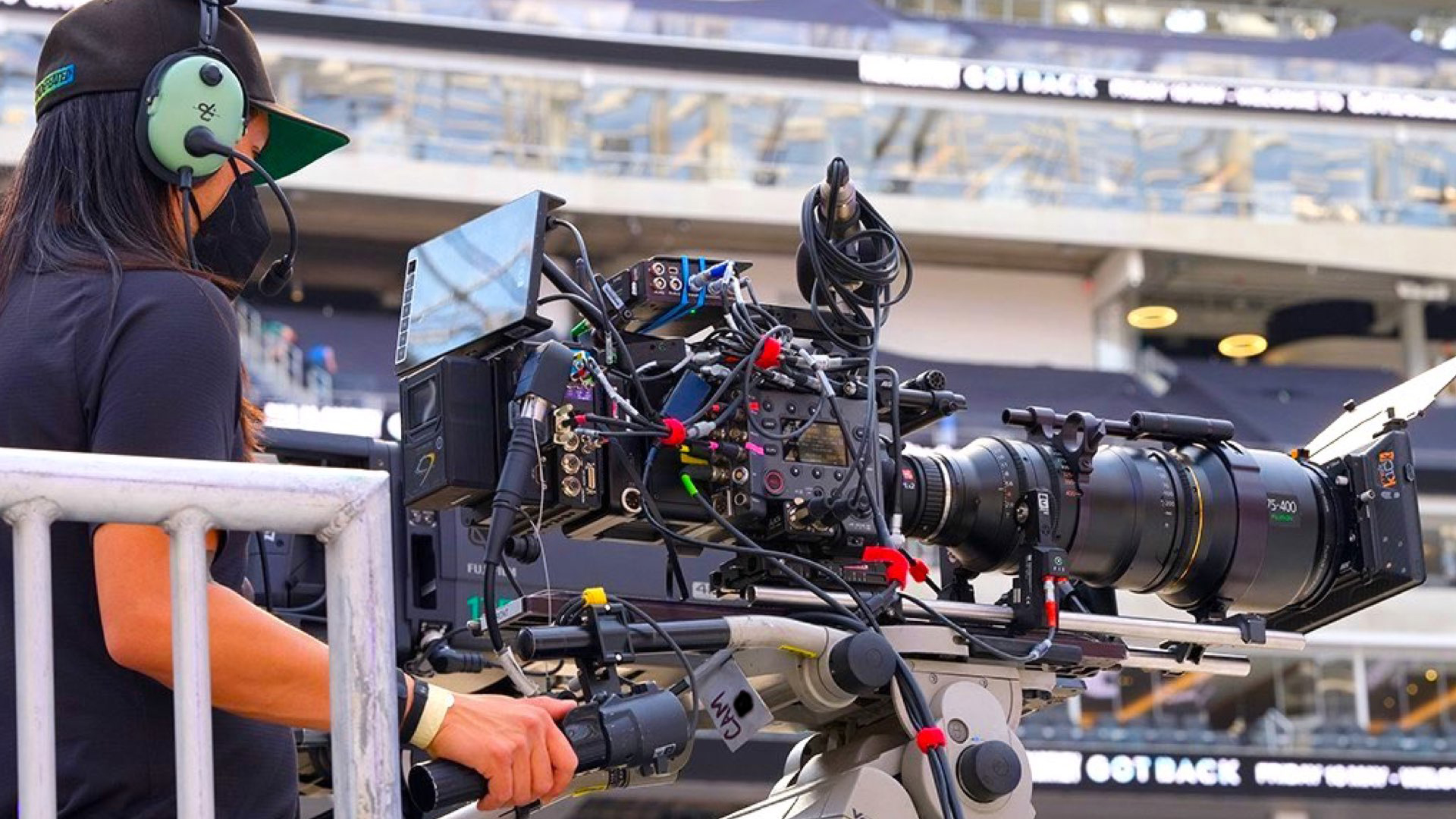
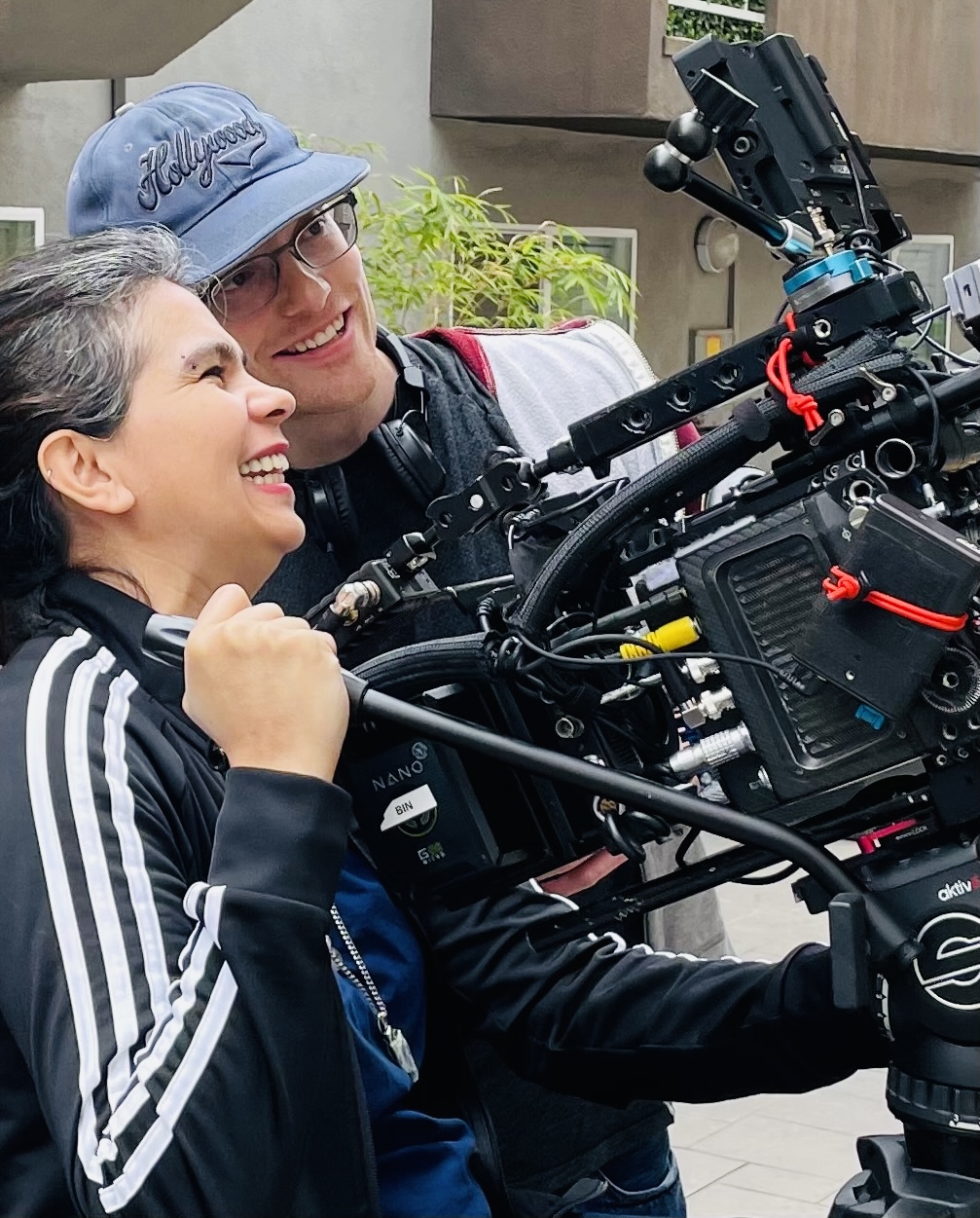
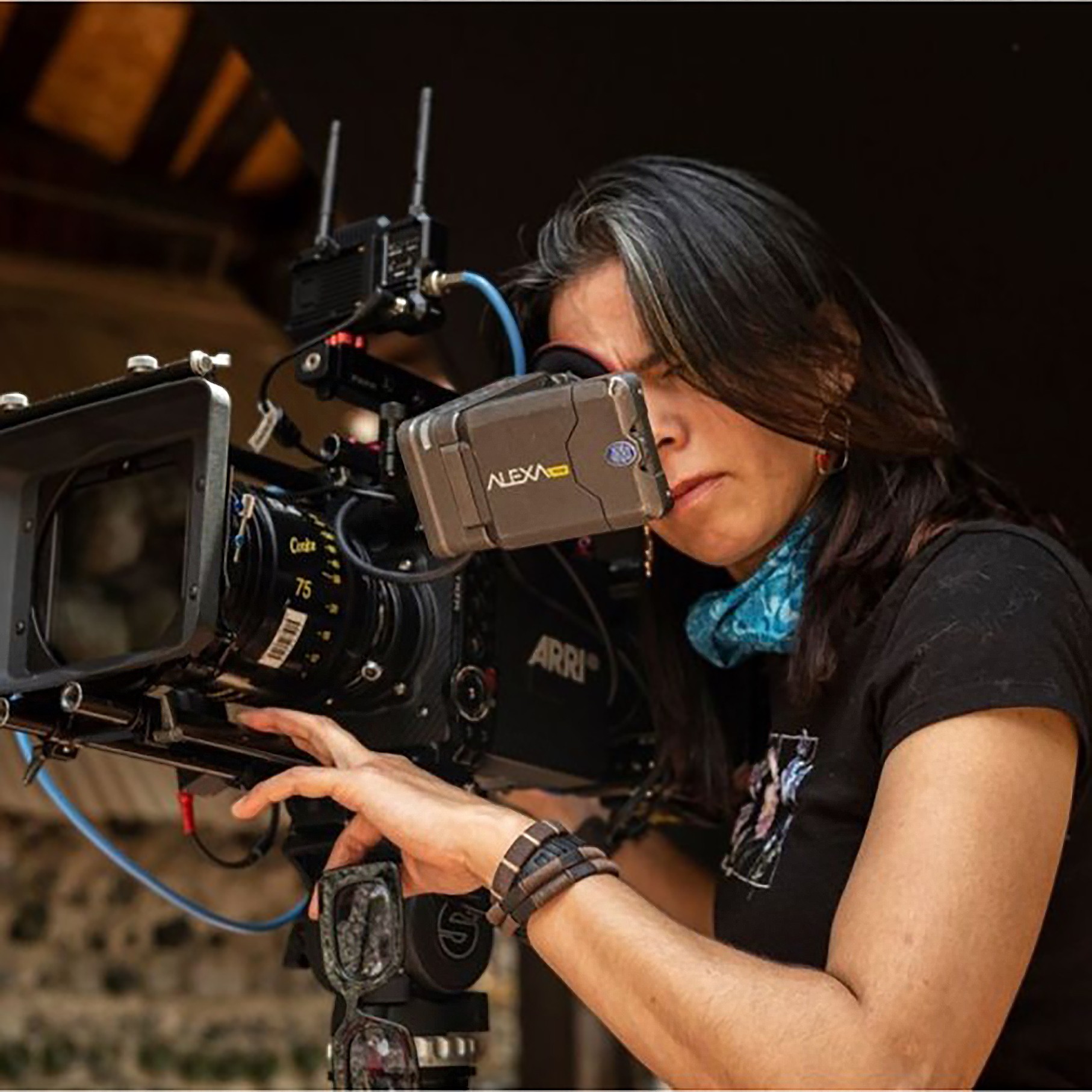
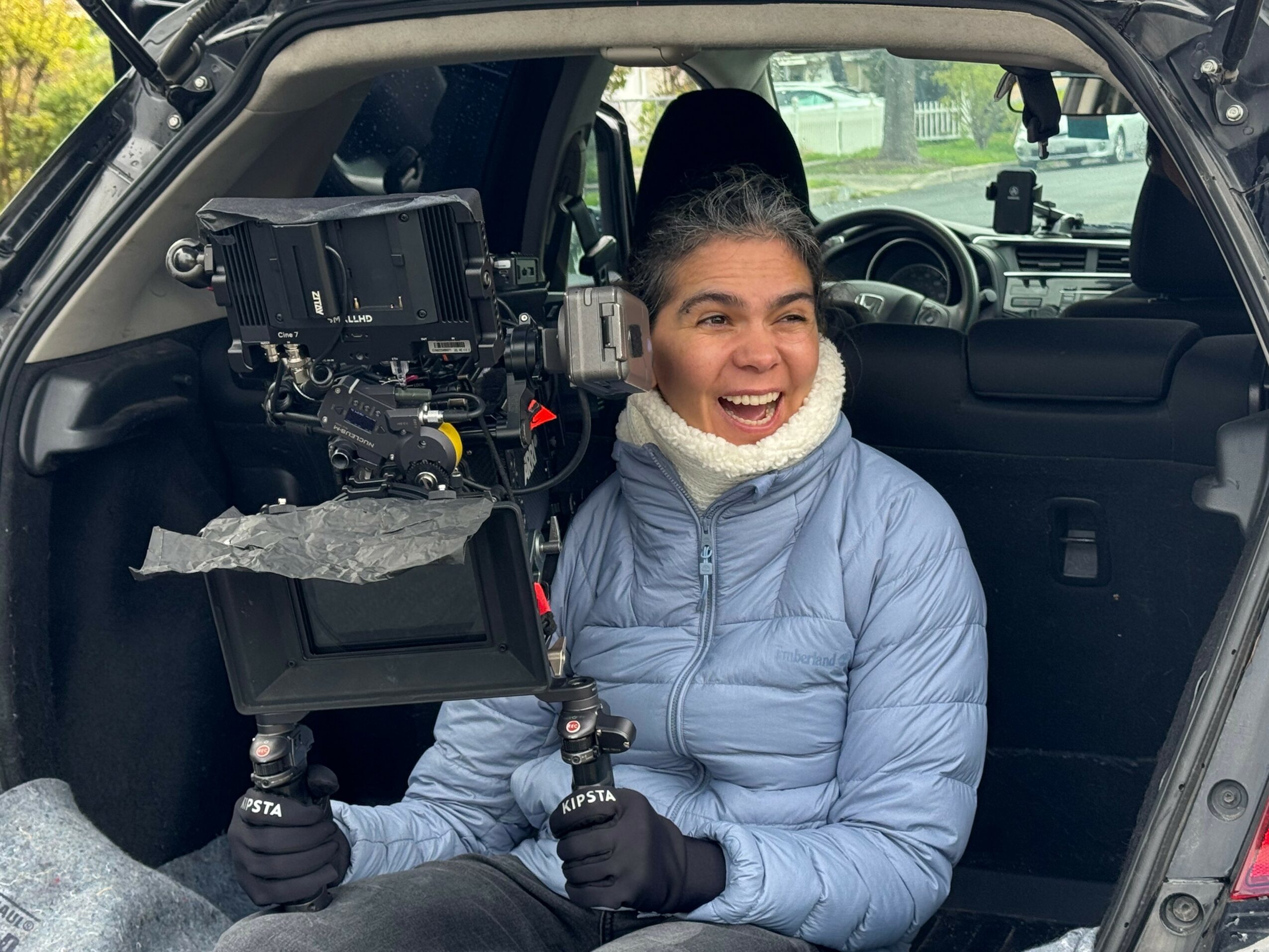
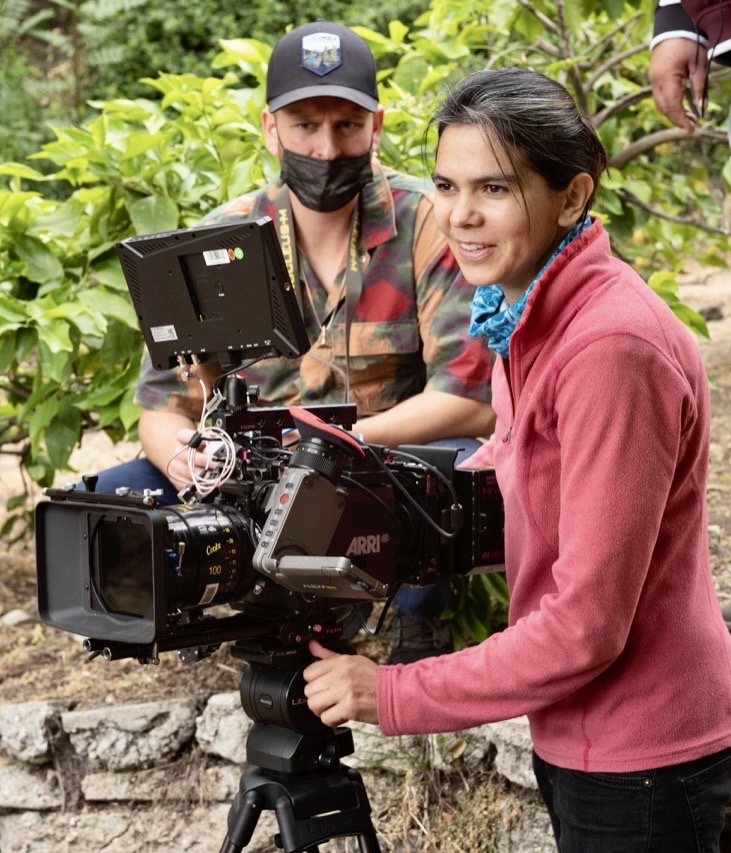
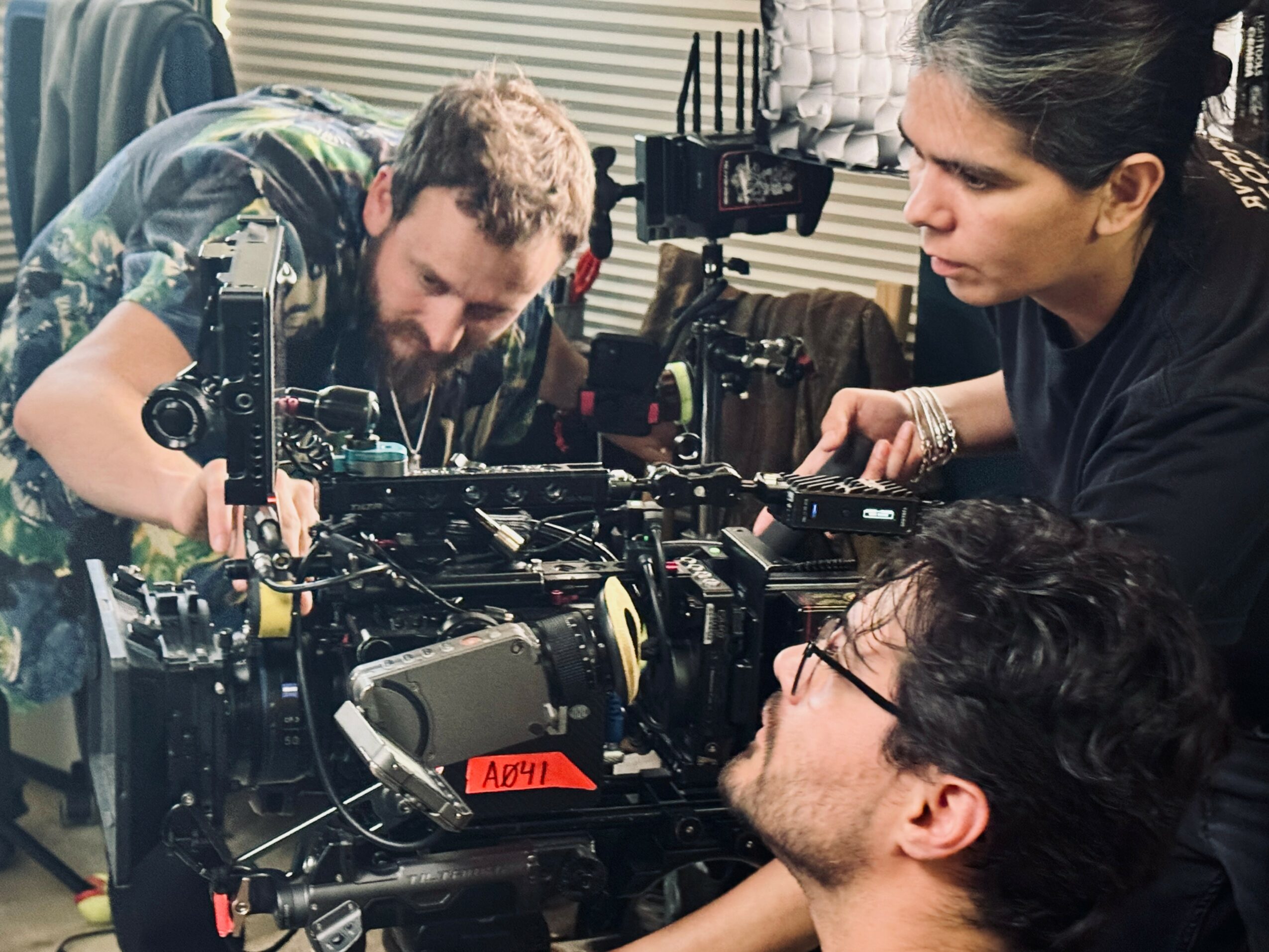
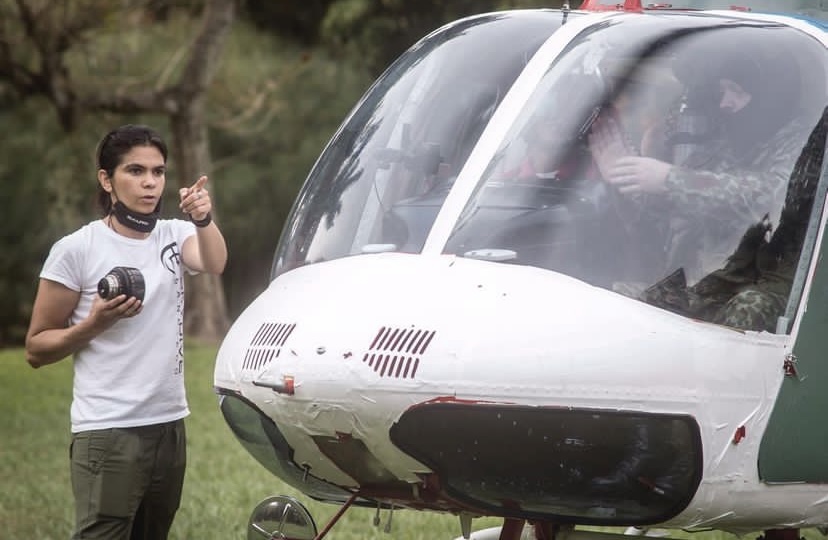
Image Credits
Every Photo has their name and approval name as well
3 Golden Boy by Josh Wallace 2
4 Guillotine by Ray Izad -Mehr
5 Alaska Endicott Arm Glacier
6 Golden Boy by Josh Wallace 3
7 Guillotine by Ray Izad -Mehr 2
8 Golden Boy by Josh Wallace
9 Narcos by Julian Schwanitz














